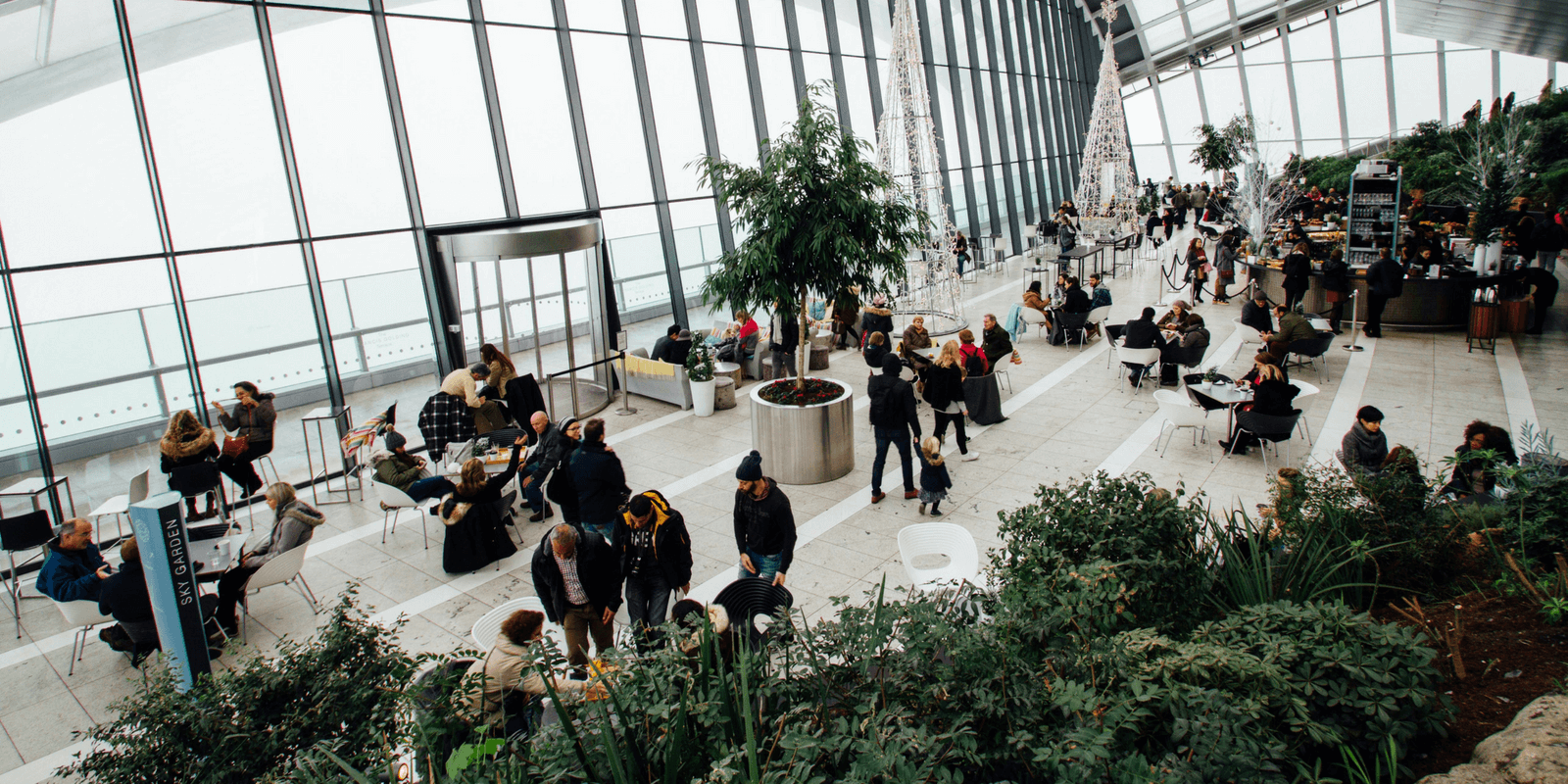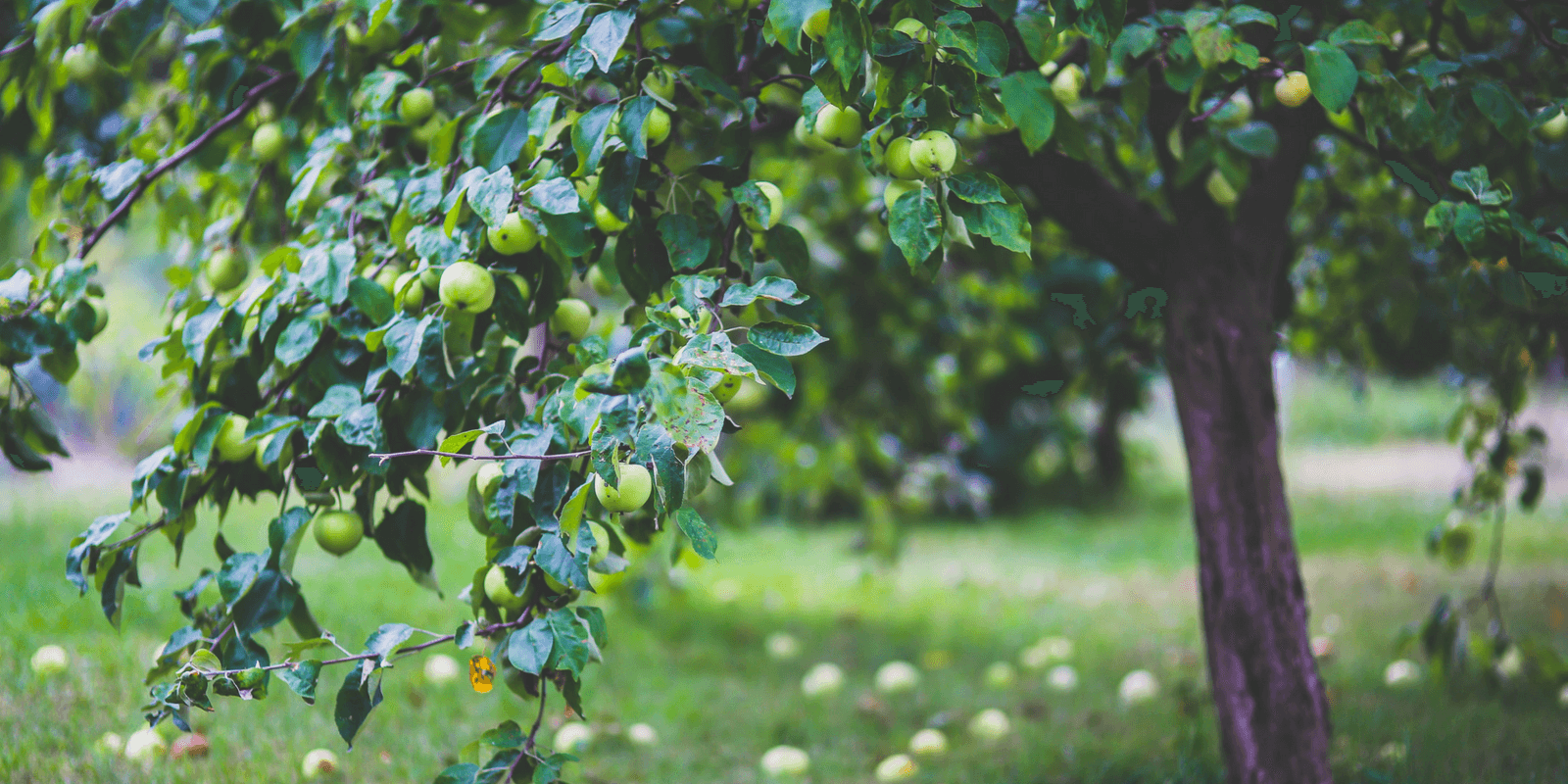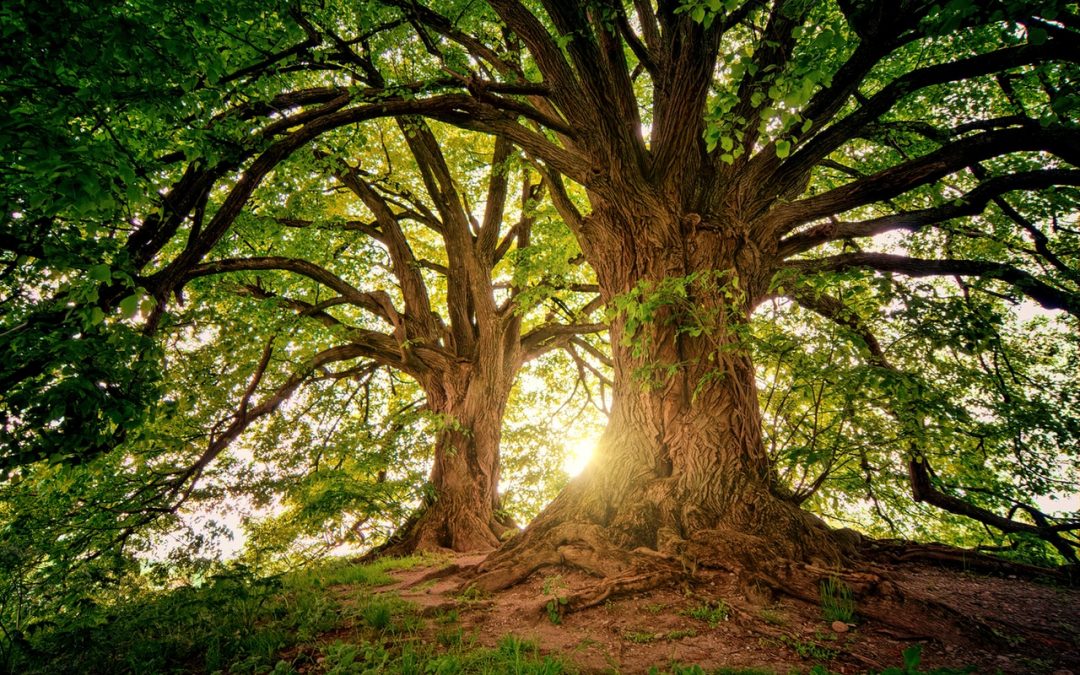Written by Mattea Jacobs and published on https://greenpop.org/.
Many people decide to enrich their gardens by planting trees. Most of them do it for the beauty or to provide extra shade in summer months. However, there are more benefits from trees than you might think. Except for relaxing, connecting us with nature and their calming effect, trees do a lot when it comes to the environment.
If you are thinking about planting a tree around your home, keep reading to find out what trees do for our environment
10 Environmental Benefits of Planting a Tree
Many people decide to enrich their gardens by planting trees. Most of them do it for the beauty or to provide extra shade in summer months. However, there are more benefits from trees than you might think. Except for relaxing, connecting us with nature and their calming effect, trees do a lot when it comes to the environment.
If you are thinking about planting a tree around your home, keep reading to find out what trees do for our environment
1. Reducing Climate Change
If people are good at something, then it is building up excess carbon dioxide in the atmosphere. Harmful CO2 contributes to climate change, the biggest current problem the world has to deal with. Trees, however, help fight it. They absorb CO2 removing it from the air and storing it while releasing oxygen. Annually, an acre of trees absorbs the amount of carbon dioxide equal to driving your car 26 000 miles. Trees are our main survival tools; only one tree can produce enough oxygen for four people.
2. Purifying Air
Have you ever felt that feeling of „cleaner air“ in the woods or by the seaside? Well, you were right because it is well known that trees do purify the air. They absorb pollutant gases such as nitrogen oxides, ozone, ammonia, sulfur dioxide. Trees also absorb odors and act as a filter as little particulates get trapped in leaves. A mature acre of trees can yearly provide oxygen for 18 people.

In the city, trees can help to cool down the streets.
3. Cooling Down the Streets
Every year we listen to the shocking global warming news. For instance, the average temperature in Los Angeles has risen by 6F in 50 years, and the average global temperature grew by 1.4 F. This happens as tree coverage declines. Removing trees and replacing them with heat absorbing asphalt roads and buildings makes cities much warmer. Trees are cooling cities by up to 10 F by providing shade and releasing water.
4. Natural Air Conditioning
Did you know that strategically placed trees around your home can significantly cut air conditioning needs? Not only will this make your wallet thicker, but it will also reduce carbon dioxide and emissions from power plants. Architects and environmentalists sat together and came up with the great solution – green roofs. Green roofs are an amazing way to incorporate vegetation to your home and provide environmental benefits for your community while saving money on cooling bills.

Indoor trees do not only have a calming effect, they also act as natural air conditioning.
5. Saving Water
Except for cooling, trees also help to save water. Because of the shade they provide, water will evaporate slowly from low vegetation. Trees need about 15 water gallons a week to survive, and they release about 200-450 gallons of water per day.
6. Preventing Water Pollution
Stormwater can be full of phosphorus pollutants and nitrogen. Without trees, stormwater flows into oceans and waters without being filtered. Trees break the rainfall and allow water to enter the earth and seep into the soil. Therefore, they prevent stormwater from polluting oceans. Except for trees, green infrastructure like green roof can help sooth effects of stormwater.

Trees can help to save water.
7. Providing Shelters for Wildlife
Trees also contribute to boosting biodiversity as they become a food source and natural habitat for wildlife. One apple tree produces about 20 fruit bushels per year which can nourish many birds, insects, and wildlife. It can be planted on a very small surface but has a fantastic environmental effect. Trees that are most planted as homes for birds, squirrels, and bees are oak and sycamore.
8. Renewable Energy Source
Nowadays, one of the biggest world problems is fossil fuels. Except for their toxic properties, they will also not be around forever. So many companies are focusing on renewable sources of energy. If harvested and treated sustainably, trees can become a great renewable source of energy. They are simple to use, have been around since the beginning of time, and with smart forest management they can become an excellent eco-friendly fuel.

An apple tree can provide shelter for insects.
9. Reinforcing Soil
Trees are one of the best partners when it comes to agriculture. They act positively in several ways: they reduce soil erosion, increase fertility and help soil obtain moisture. Fallen tree leaves lower reduce soil temperature and prevent soil from losing too much moisture. Decaying leaves that fall onto the ground turn into nutrients for tree growth and promote microorganism development.
10. Erosion Control
Rain and wind are two primary erosion forces that damage the bare soil. As they fall from heights, drops of rain gain power and momentum which is strong enough to penetrate soil once they hit the ground. On the other hand, if the land is dried out, then wind can do significant damage. Trees break droplets of rain and weaken their strength while roots hold the soil together and protect it from effects of wind.

Plant a tree, and you and your community will thrive from the benefits.
Final Thoughts
There are many environmental benefits of planting a tree. Strategically planting trees around your home can have tremendous benefits on the environment. Not only will you help restore life quality in your community, contribute to the environment and help fight climate change, but you will also set an example. Therefore, planting a beautiful tree is always a good idea!
Original post https://greenpop.org/10-environmental-benefits-planting-tree/.

